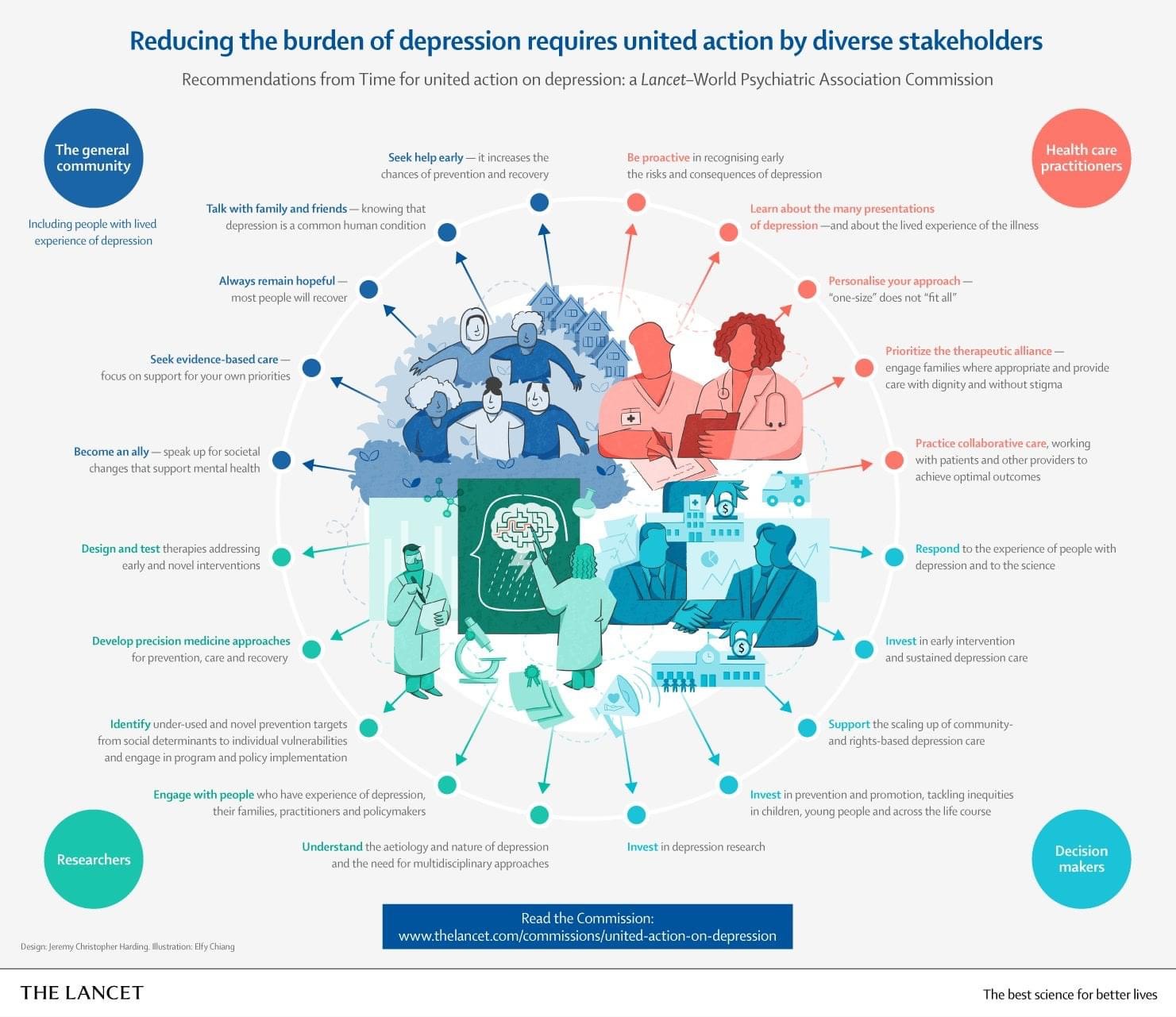In the following blog post, I share how social media have been integral to my own path into science communication before sharing some tips to help you leverage social media in the same way!

I have a special relationship with social media as a channel for science communication. Social media have helped me practice science communication, establish my scicomm voice, meet other science communicators and even get scicomm jobs.
In 2011, I moved 800 miles from my alma mater and started a new a PhD program in biomedical engineering. I started working in a lab where we created nanoparticles for biomedical applications, and where I was the only person who had English as a first language. This presented me with a lot of opportunities to help lab-mates with their research writing skills, which I now think set the stage for my ultimate career change.
But within the first few months of that program, excitement morphed into frustration. I was good at fabricating nanomaterials… which meant that I got assigned to that role exclusively. I missed out on participation in other experiments. The bigger picture of what I was working on wasn’t communicated to me, which frustrated me even more. During this experience, I began to explore other things that could bring me joy in my work. I started volunteering at a local science museum to explain nanotechnology to kids. I also started a blog.
I remember the very first post I put together for that Nature Network blog. It was a reflection and breakdown of some of the technology featured in the film Gattaca! I’ve become a much better writer in the past 11 years, but my love for social media-based science communication was cemented the day I published that blog post.
I blogged consistently (sometimes every day!) for the next 10 years. I blogged about my research, cool research papers I was reading, science in movies I watched, and insights I gleaned over the course of a PhD program in Mass Communication that I started just a year after that first blog post. (My blog was the single most important piece of the portfolio I used to apply to that PhD program to study science communication). If you followed my blog over time, you’d see my posts slowly begin to transition from science explainers to reflections about science communication and scicomm scholarship.
Over time I started using other social media channels to share my work and experiences as a science communicator, including Twitter, LinkedIn and Instagram. (I also was an early adopter of Facebook, but mostly used it for personal reasons or to re-share my blog content). I often used these other networks to share my blog content, but also to connect and have conversations with other bloggers and science communicators around the world. I also blogged a lot about how to use social media as a scientist and science communicator! Over time I developed a strong brand voice and reputation as someone who helped other scientists and science communicators learn how to leverage new media, apply scicomm scholarship to their practice, and pursue more strategic communication strategies.
Once I had developed my voice, my social media presence began to open new doors for me in my scicomm career. I got a science writing internship at a museum across the country by tweeting with a curator there. Conversations with amazing science communicators on Instagram turned into a research collaboration (the #ScientistsWhoSelfie project) that resulted in a publication by many co-authors who had only interacted online! I’ve gotten many speaking invitations, awards and jobs based on my science communication efforts on social media. As a hiring manager, I also advertised and recruited for many scicomm positions via social media (hashtag scicommjobs!).
I’ve you’ve read this far, you might think that my relationship with social media is all rosy. In reality, I have a love-hate relationship with social media. I’ve seen social media filled with misinformation and other “noise” during the pandemic. I’ve felt how too much social media scrolling can affect my mood and mental health. But when it comes to connecting with other science communicators, expanding the reach of content, crowd-sourcing information and insights, finding collaborators, expressing myself and establishing myself as a communications thought leader, social media have unparalleled potential to help me achieve my goals.
Are you ready to harness the potential of social media to launch you further into your science communication career? If so, I’ve included below some advice and tips that may help you!

1. Plan
Make a plan and schedule time to create content for a social media channel you want to grow. Even if it is just a few minutes every day, a consistent schedule or dedicated time to create content and posts will help!
2. Browse
Spend time looking at content related to your field or science communication that you enjoy. Spending time on social media consuming the content of other scientists and science communicators will likely inspire you and give you ideas of content to create or things to post. You can also amplify the voice of others by re-posting or re-tweeting content you find valuable, and in the process grow your online network!
3. Create
Consider regularly creating more valuable, long-form or longer-living content. Whether it is a series of connected tweets (you can reply to your own tweets to create a thread), a longer Instagram post, a blog post or a Youtube video, taking time to create content that has the potential to live longer than a few minutes in someone’s social media feed is invaluable.
4. Build Value
Think about what you would find valuable from online content and consider creating materials along those lines! Curating resources, summarizing new research for accessible and quick reads, telling inspiring stories about yourself or scientists in your field, providing thought leadership or making complex topics relatable and accessible to people outside of your field are all examples of content that can be valuable for a long time to come!
5. Share and cross-post
Use social media to share your long-form or longer-living content!
6. Engage in conversations
Engage in online conversations with colleagues, people you admire or people who need mentorship on social media! Creating a community around yourself and contributing to that community through conversation, tips, advice or help is a fantastic way to use and grow your social media network.
7. Follow your passion
It’s ok to only comment or create content on topics that are important to you. If there is someone better to be a voice on a particular topic or question, it’s ok to tag them or let them address it, while you wait to post or create content on things you are passionate about or expert on. At the same time, don’t let perfect be the enemy of the good – there is still likely a lot you can do to share good science and good resources online even if you aren’t “the” expert on the topic. But do acknowledge any limits to your expertise on topics that you are commenting on or creating content around.
8. Take care of yourself
Take care of your own mental health, too. If you need a break from social media, take it. The people who follow you and really care about you and your work will understand.
9. Never rage-post
Take a moment to reflect before you post anything on social media out of anger or frustration.
10. Mix personal and professional
It’s ok to mix personal and professional-related content on your social media feeds. We want to show the world that scientists and science communicators are human, too!
11. Consider Your Brand
Always consider that potential or future employers could be following you right now! Represent yourself online how you’d like potential employees and colleagues to perceive you. Share your expertise, your interests and your future goals!
12. Share the wealth and the resources
Offer help or a share of your social media reach to others.





